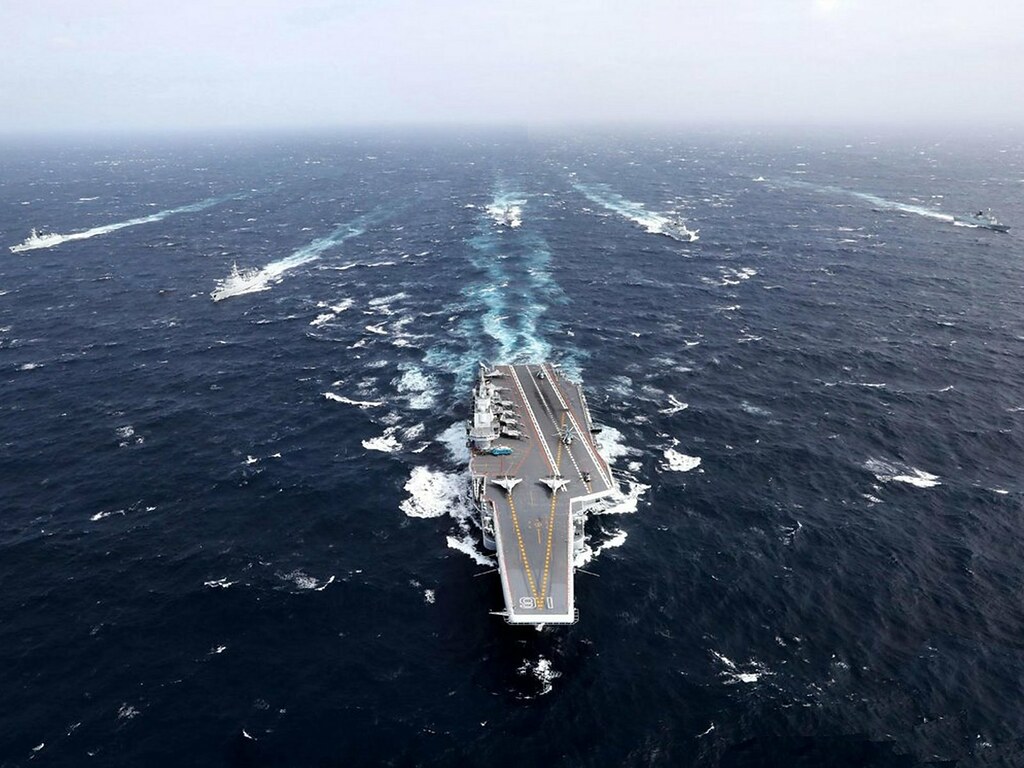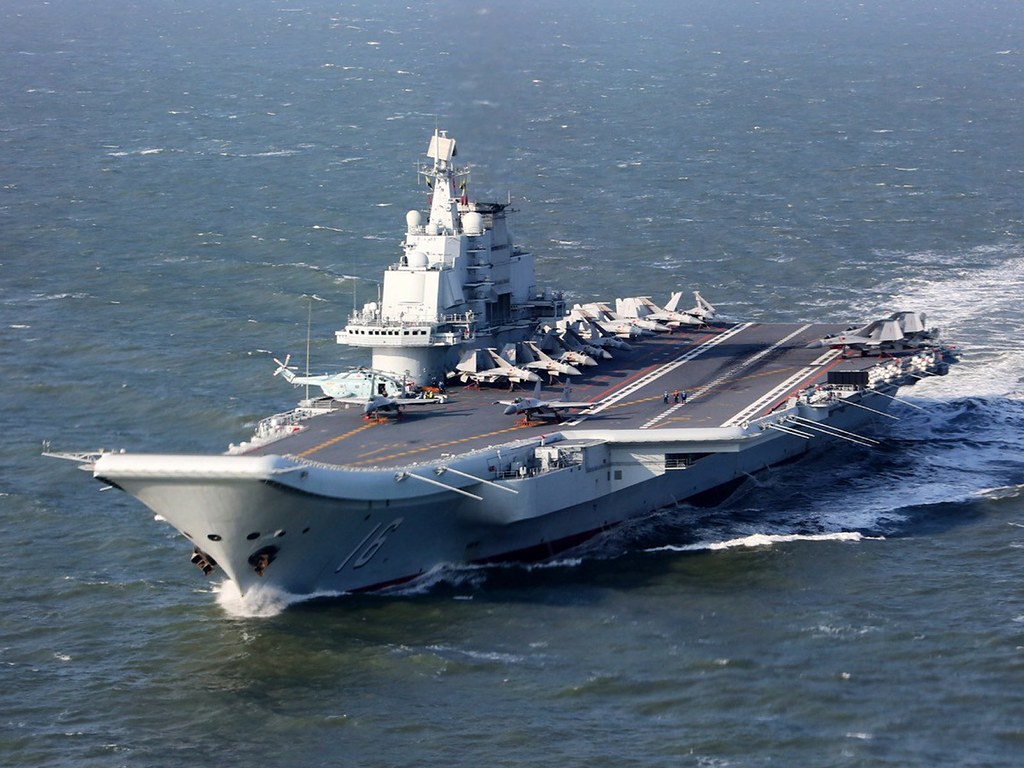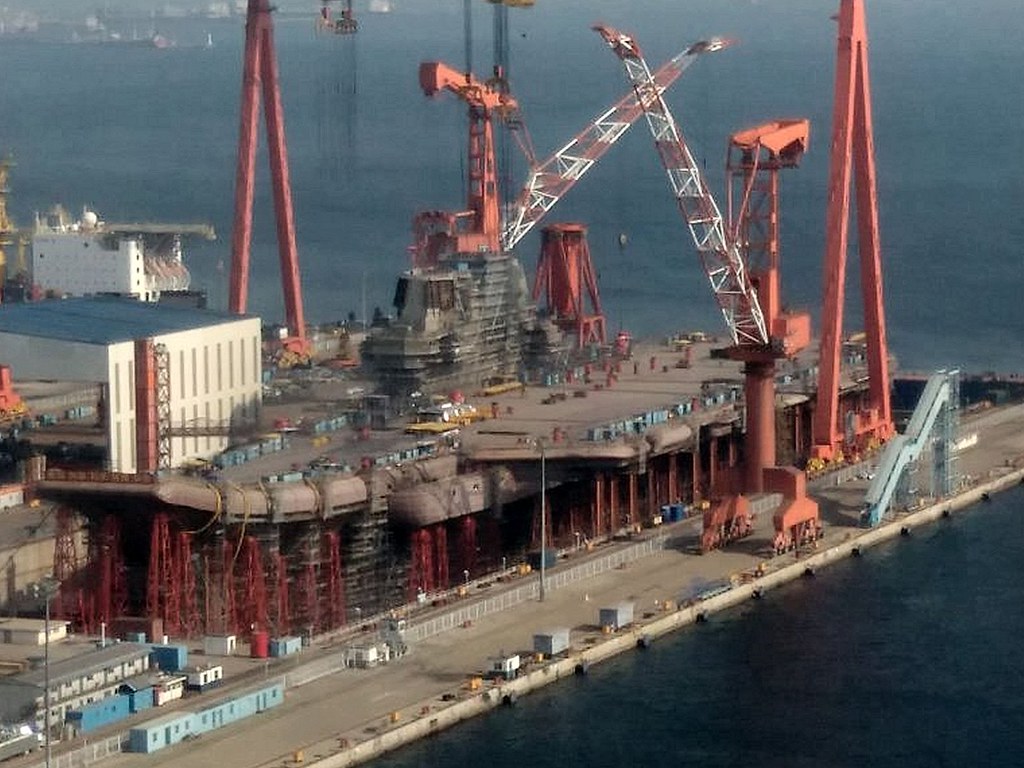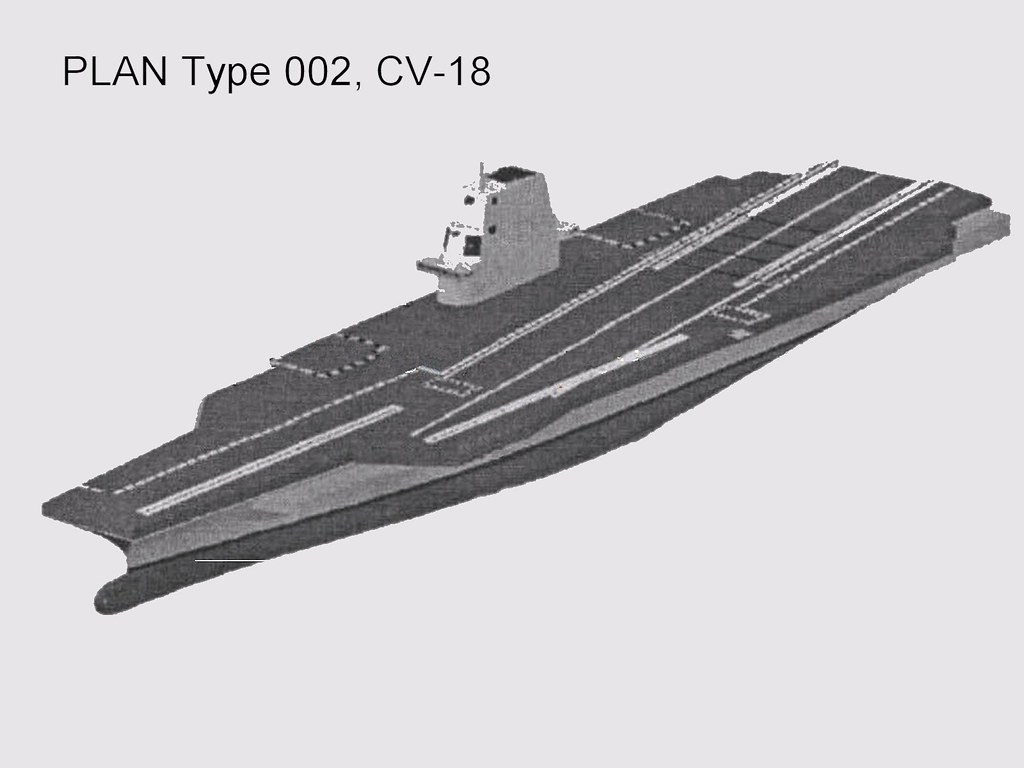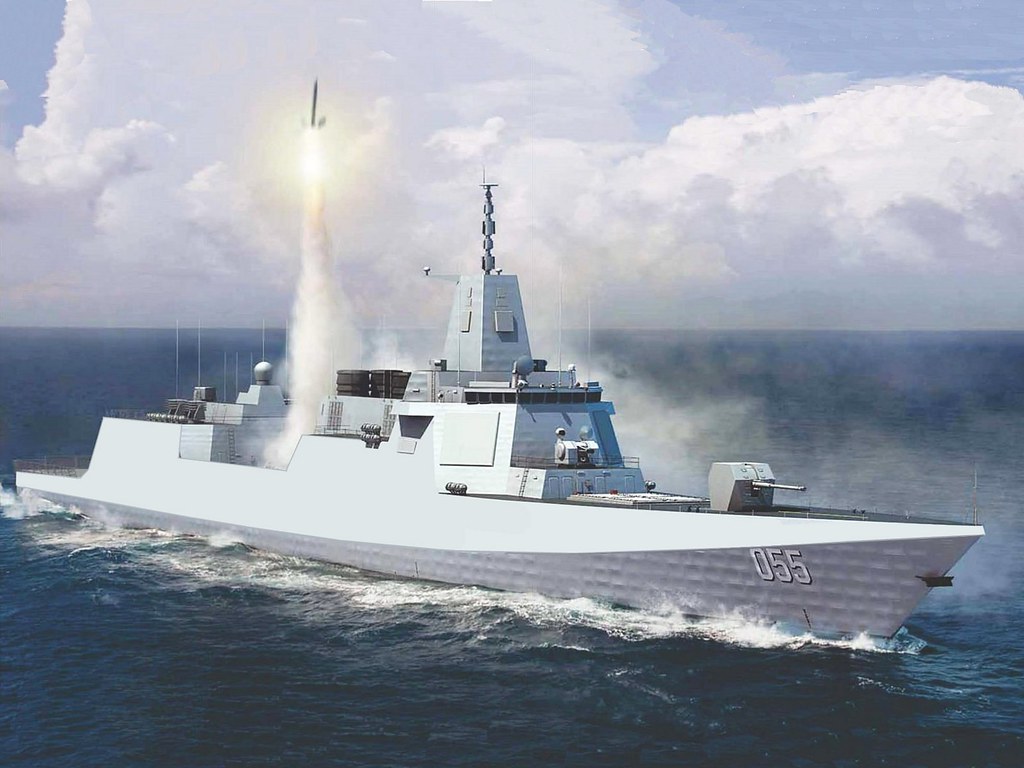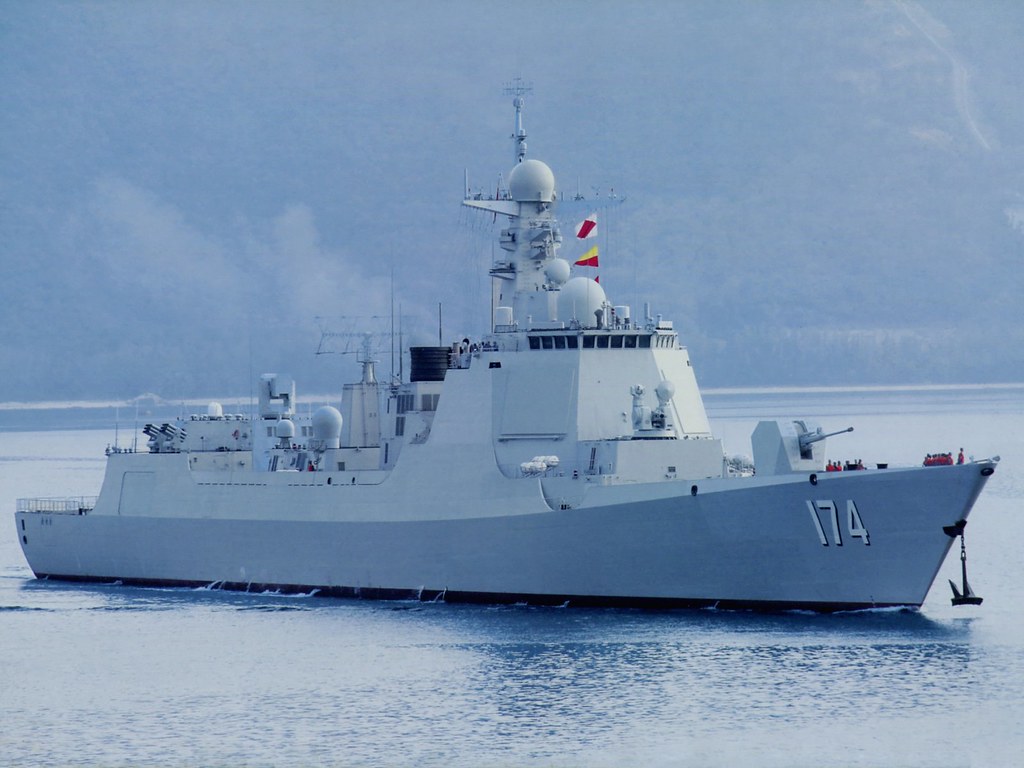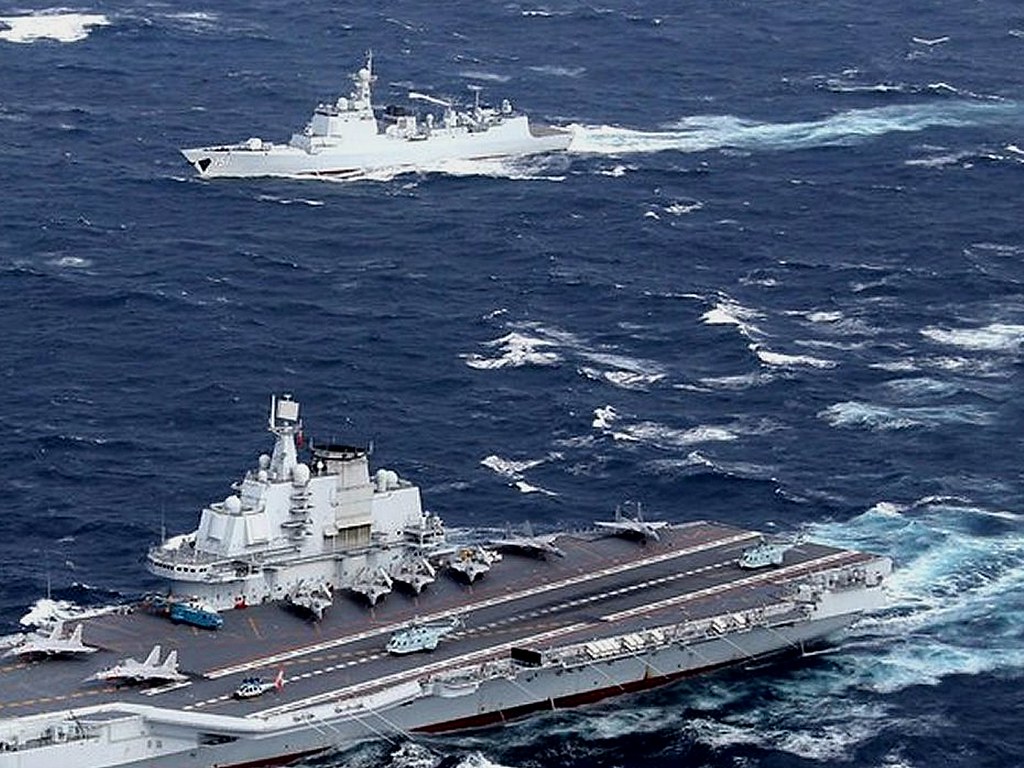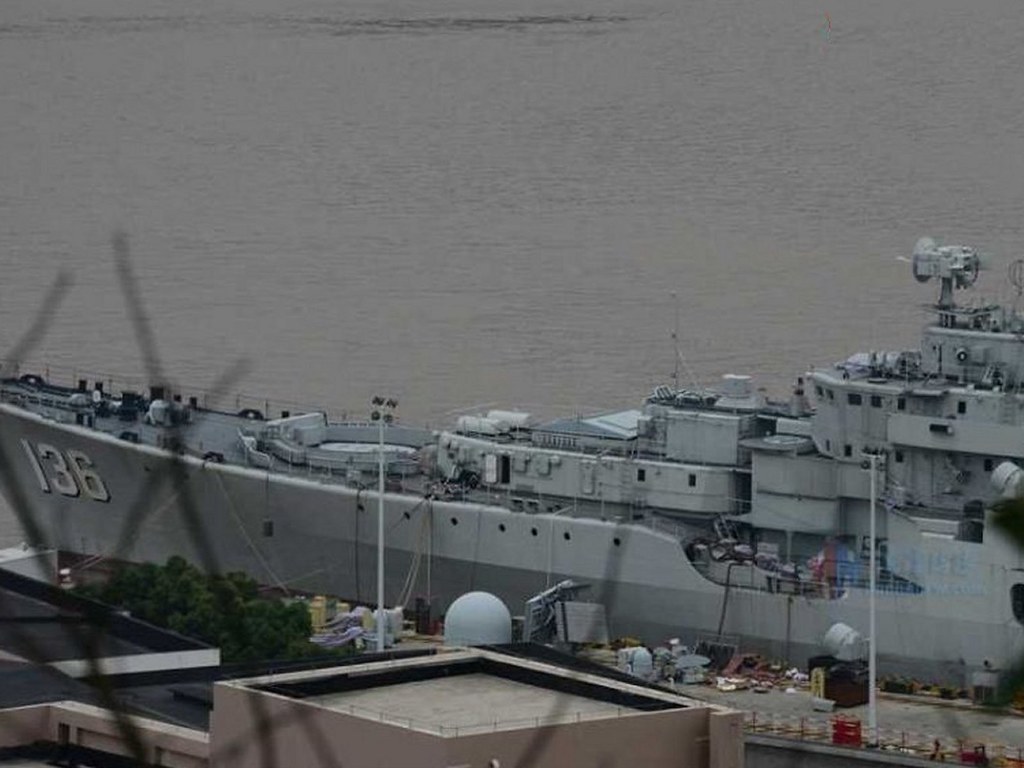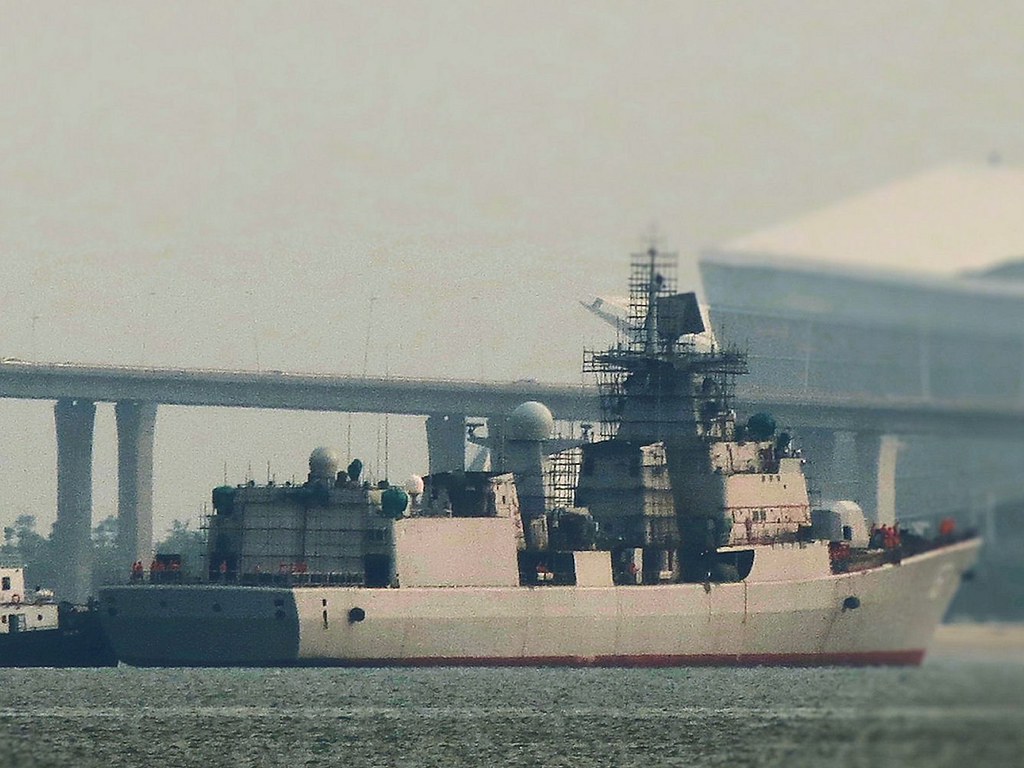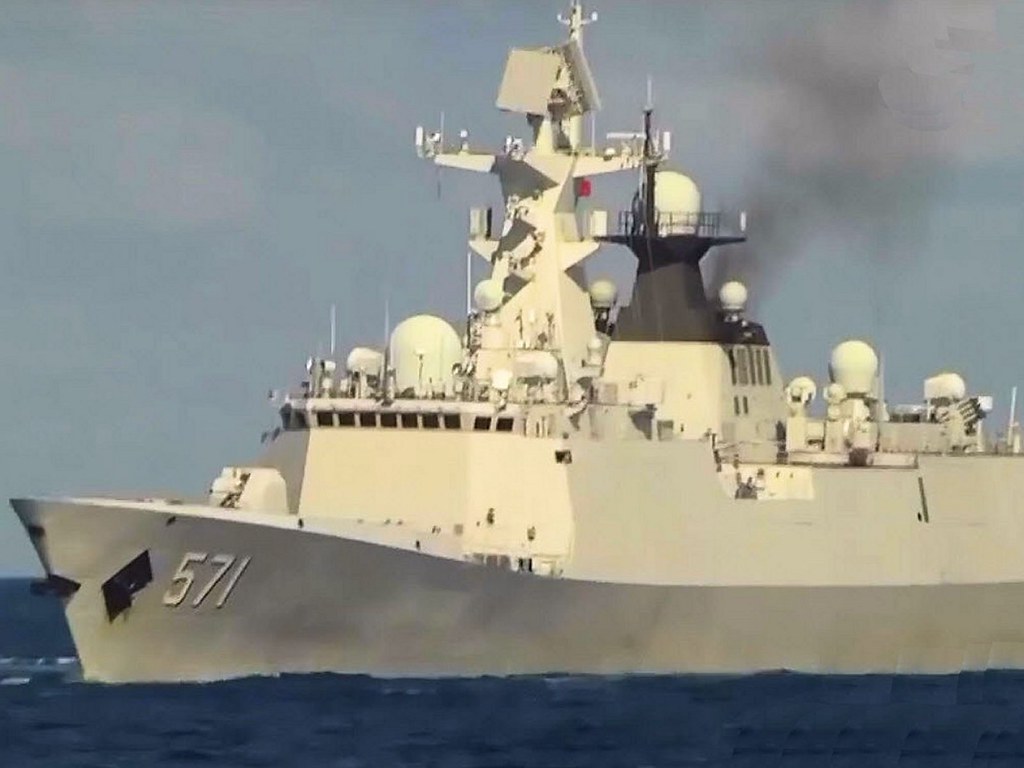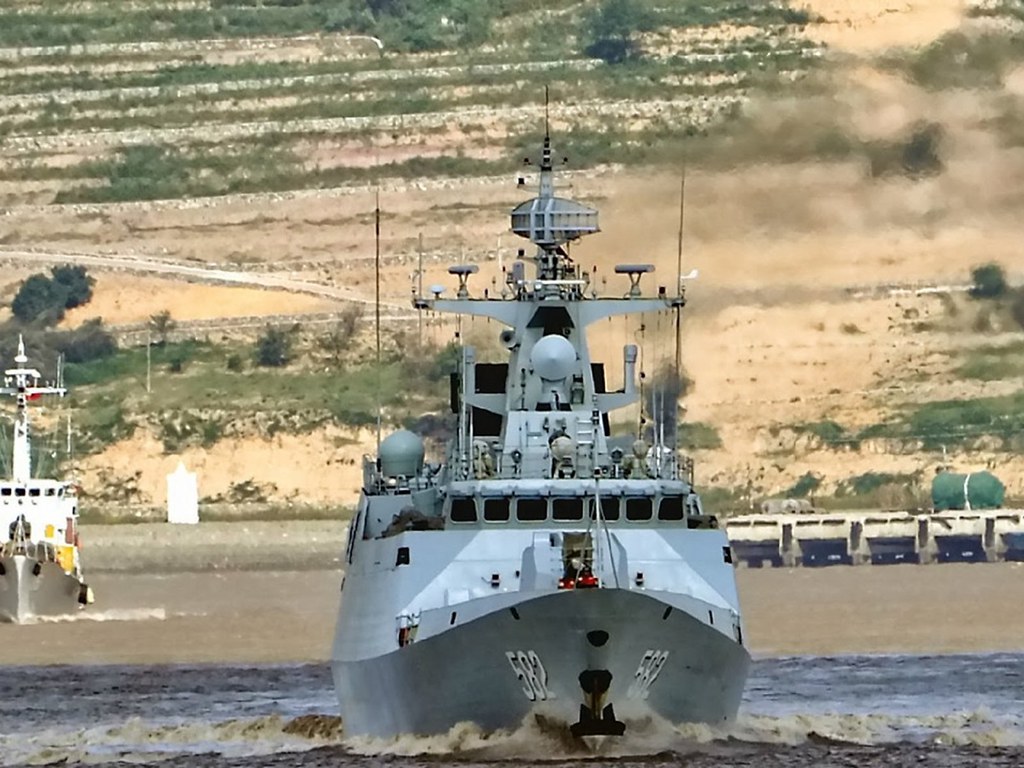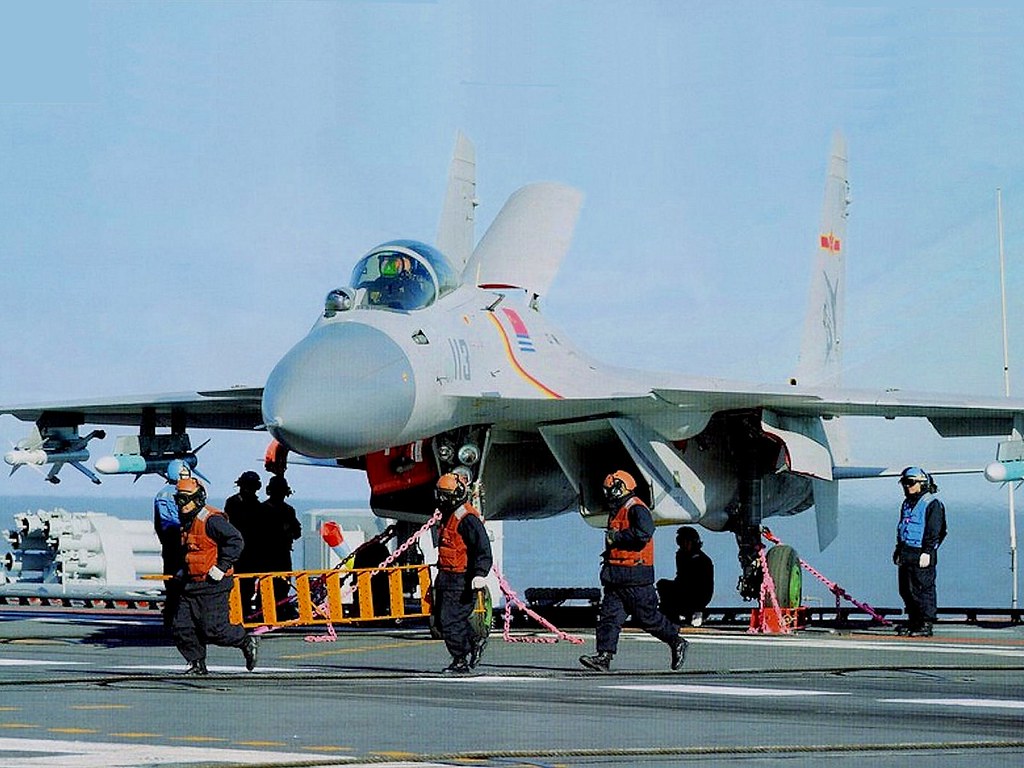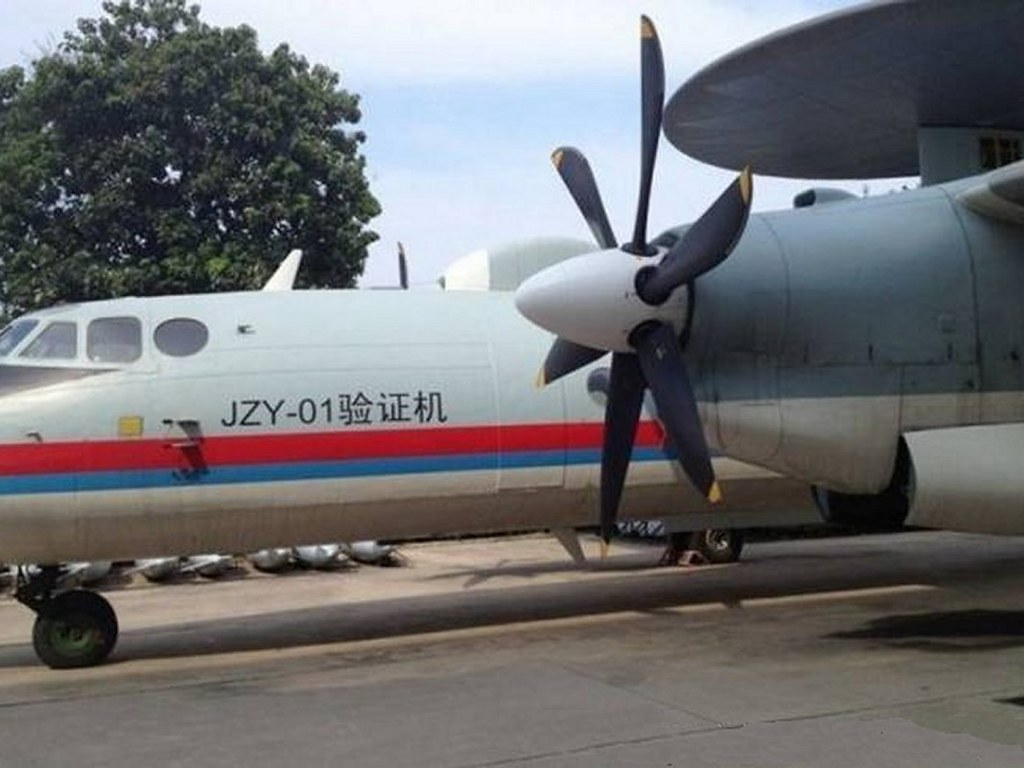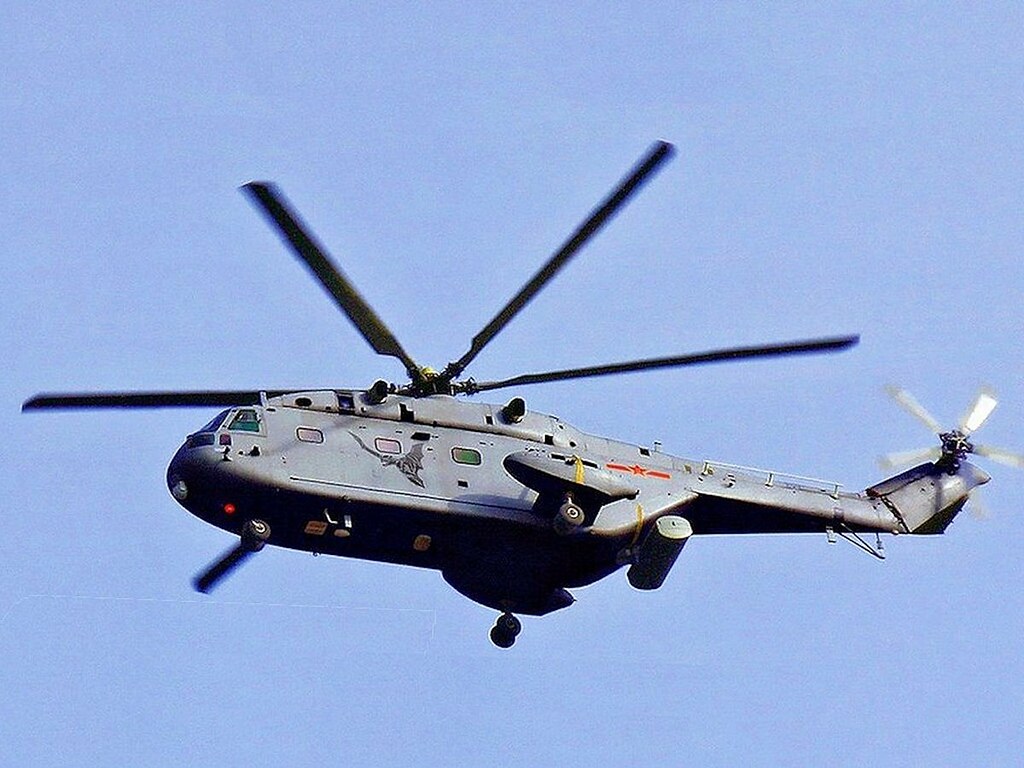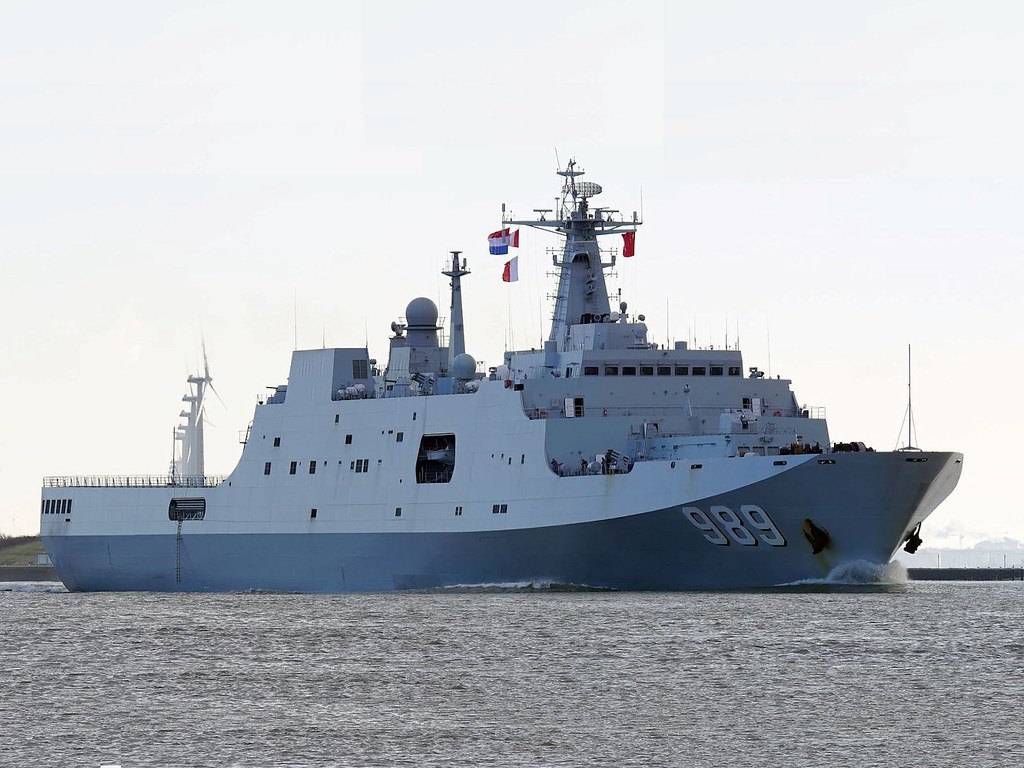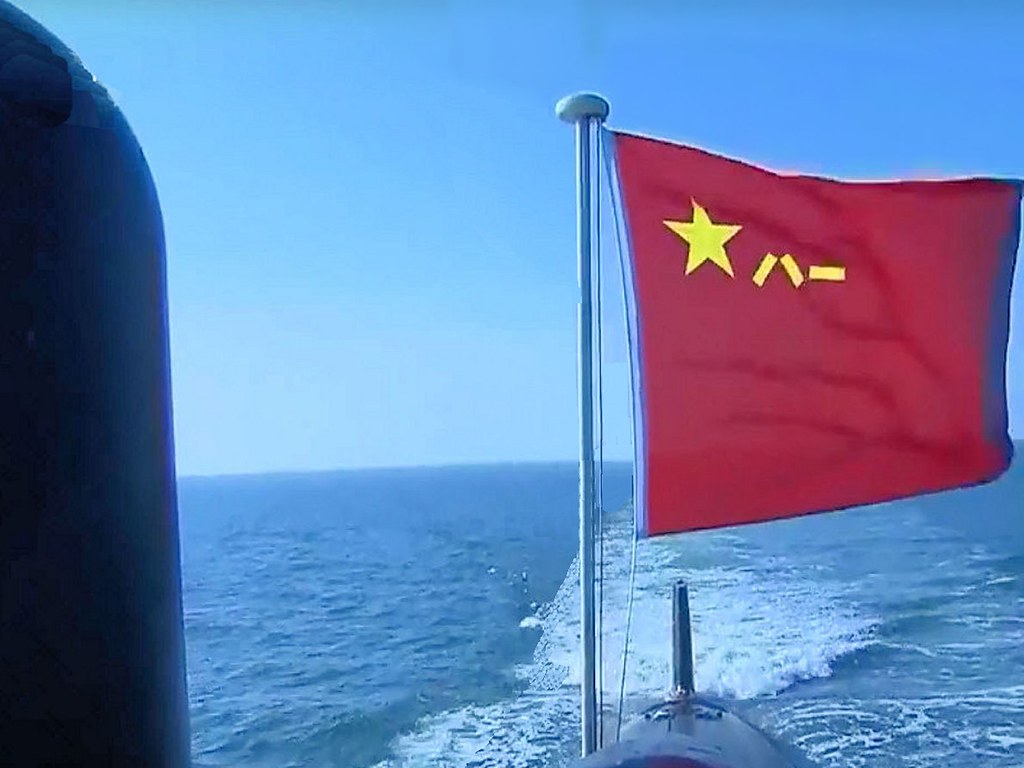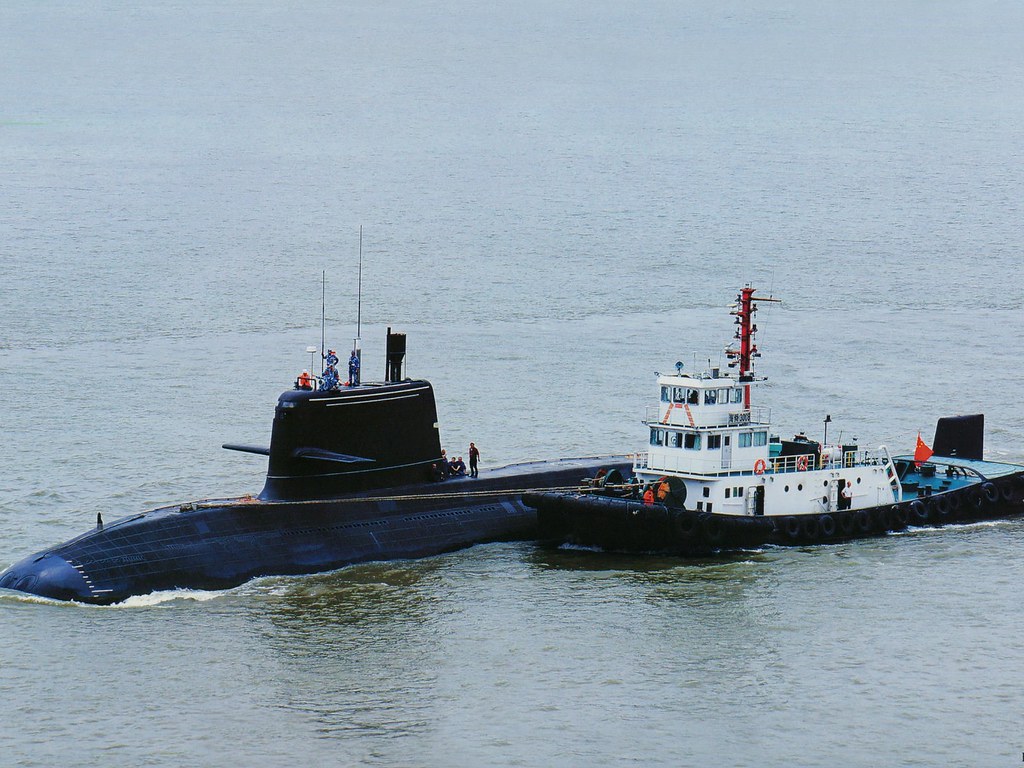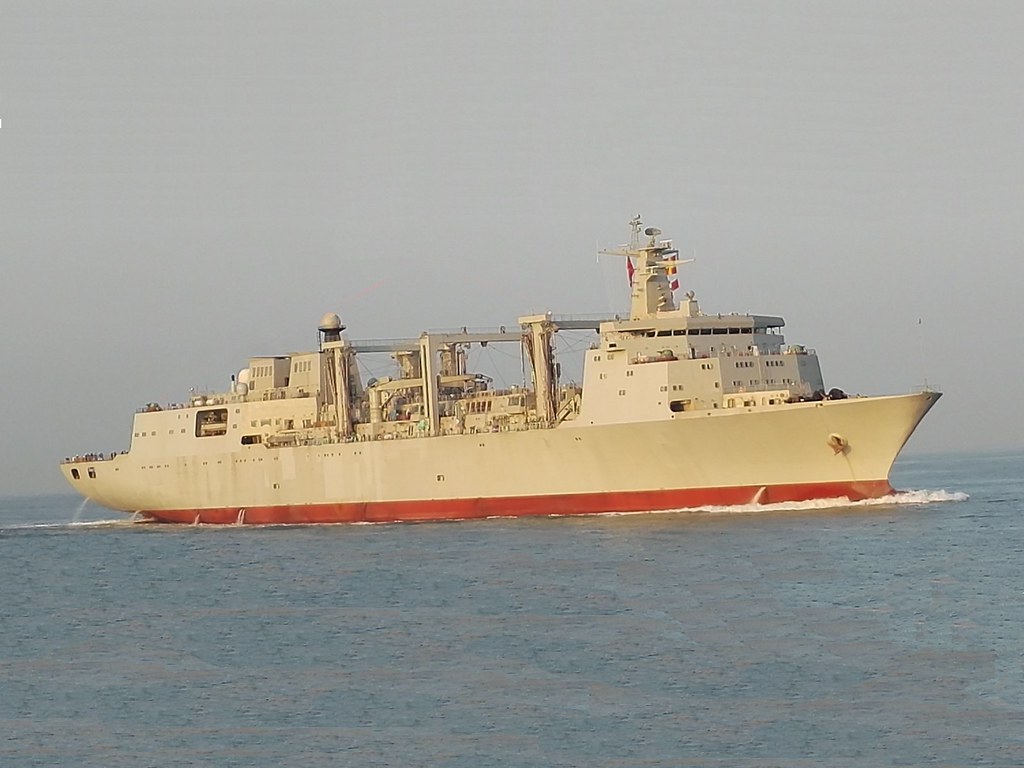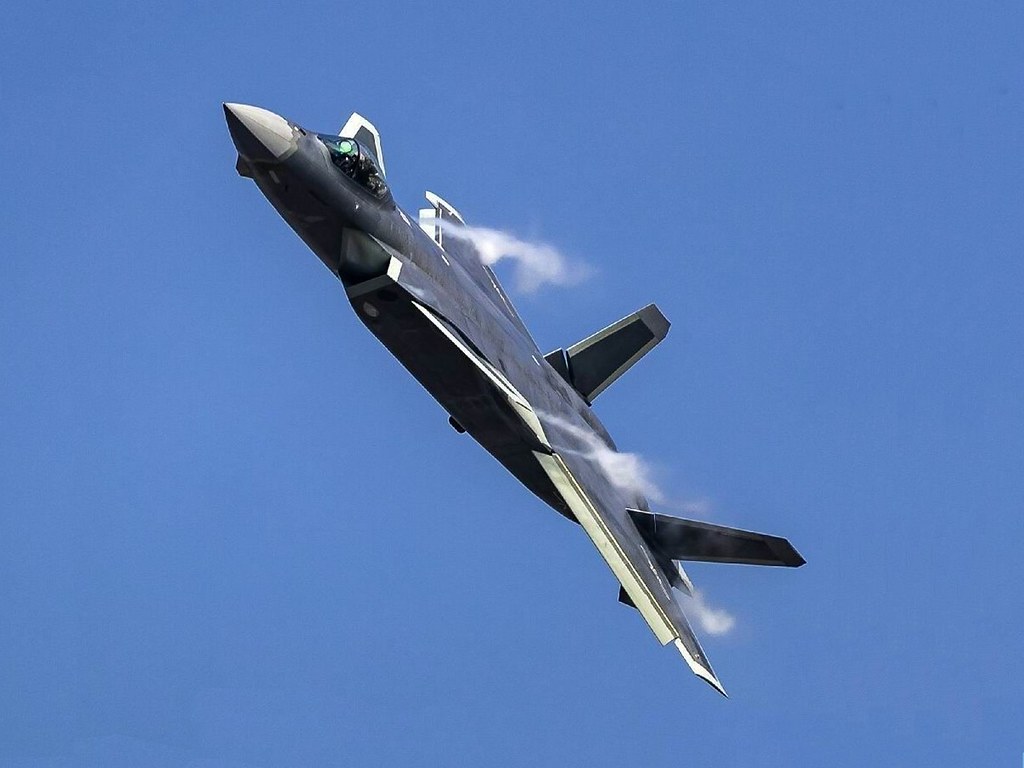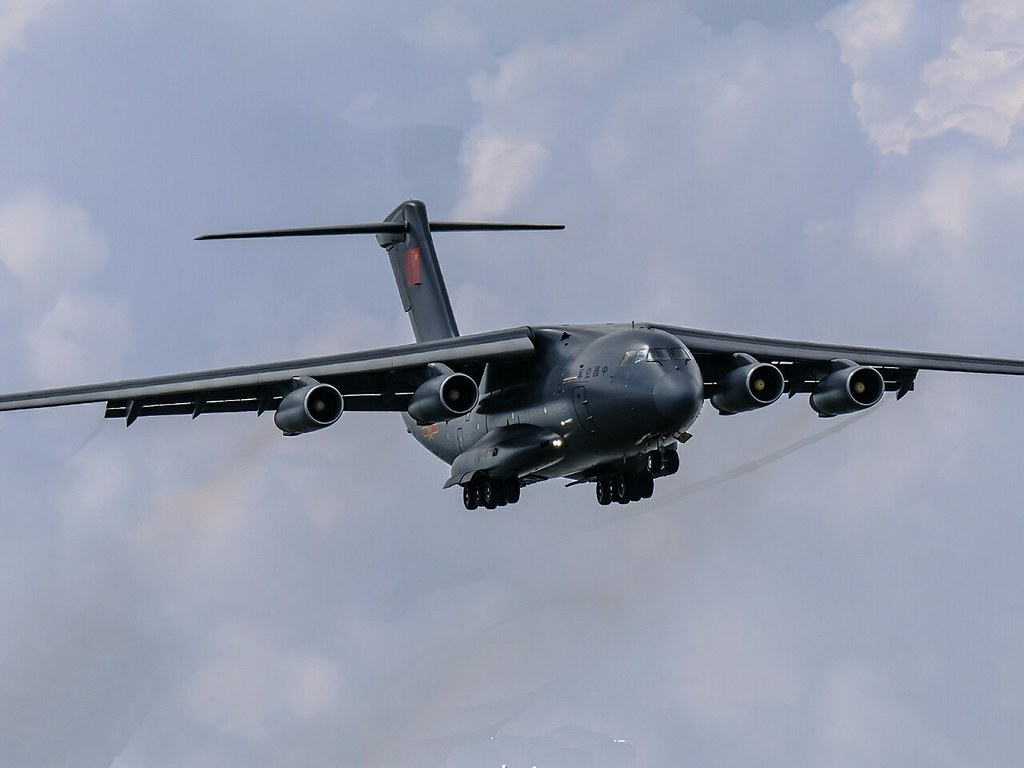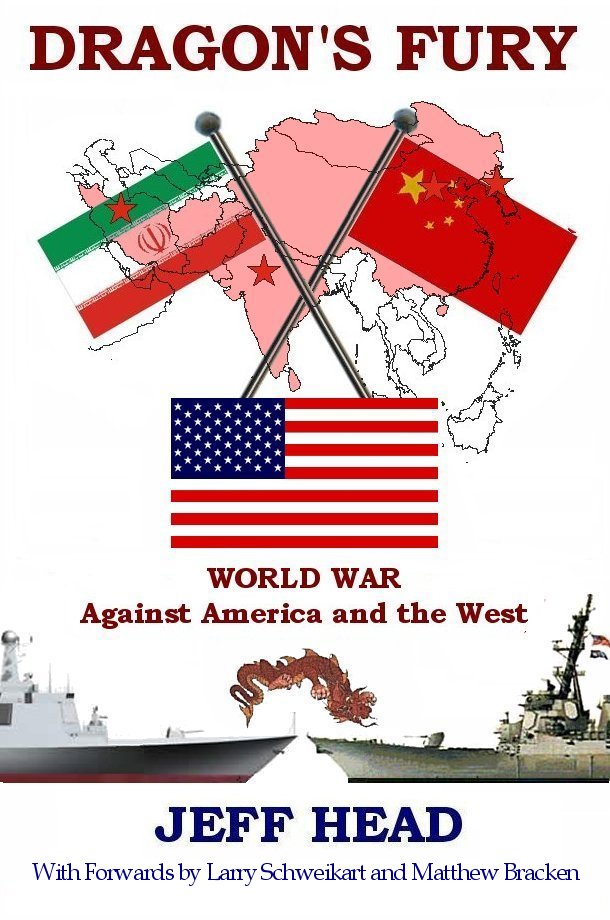 |
 THE RISING SEA DRAGON IN ASIA - 2017 UPDATE By Jeff Head - Last Update: February 10, 2017 |
 |
                  
2017 PLAN REVIEW By: Jeff Head
Note: For all photos in the report, including several photos in each separate topic area, pleae refer to The 2017 PLAN Review Flickr Album for high resolution images of each.
General Introduction: This is not new, in fact the news is that they sustain this naval growth and modernization as a very high rate of production and have done so now for a decade, year in and year out. I have kept an annual report on this since 2005. It is clear that the People's Republic of China continues to move forward to buildup a naval power structure, along with the necessary infrastructure, to put to sea a naval force capable of challenging the US and her allies in the Western Pacific, and be able to protect her interests and her Sea Lines of Communication (SLOCs), with forays away from the western Pacific into the Indian Ocean, the Mediterranean, and around Africa and South America whenever warranted. She has already sent task forces into these areas and has maintained a 3-4 ship anti-pirating presence in the Arabian Sea and the Gulf of Aden for the last several years at all times, which have included usually one destroyer, one or two frigates, and a replenishment vessel. Beyond that, the PLAN is embarking on regular, strong training exercises extending far from China's shores, with their new equipment. Their forces are making port calls in the Med, the Indian Ocean, Europe, and the United States. This report will focus on their aircraft carrier development, both their existing carrier, the Liaoning, CV-16, as well as their first indigenous carrier which will shortly be launched, the Shandong, CV-17, and their first CATOBAR carrier, which is now building. It will also focus on all of their surface capability, from their newly building large Type 055 destroyer (really a cruiser sized vessel), their Type 052D main stay destroyers similar to the Burke class, their earlier fully integrated Type 052C DDG, their upgrades to the Sovremenny and Type 051C destroyers, and thier large force of modern new Type 054A guided missile frigates. In addition the report looks at the large force of new, light frigates, the Type 056 which are very capable littoral vessels, their new large/fast replenishment vessels, and their continued development of their Type 071 LPDs. We will talk about the Chinese submarine force, and though it is lagging behind in terms of very fast development, we talk about what they are accomplishing. Finally, we will also, as an example of what they are doing in their other armed branches, look at recent developments in the air force with their 5th Generation Stealth fighter, the J-20, and their new modern transport aircraft, the Y-20 which is very reminiscent of the US C-17 cargo aircraft. Aircaft Carriers:
Liaoning, CV-16: This year the PLAN conducted its first carrier strike group exercises out in the deep water of the Pacific Ocean beyond the first island chain, showing what their carrier group can do. Their several years of training is now paying off as relatively moderate tempos of operations, both air operations and group maneuvering were exercised. The group consisted of:
1 x CV-17, Liaoning Carrier A replenishment vessel and a frigate escort were also a part of the exercises, visiting and replenishing the carrier group as needed. This entire group them made its way past Taiwan, traveling to the East of the Island, and into the South China Sea to make a show of force there as the US has and continues to assert Freedom of Navigation through those critical SLOC in the face of the People's Republic of China's claim to virtually the whole of the South China Sea, and as the PRC continues to improve the islands it has built around older shoals and reefs it claims, turning them into medium sized islands with several airfields, radar installations, and all of the infrastructure on those islands necessary to maintain the personnel, and in some cases their families. In addition, they have opened up some of them to vacationing and visits from the mainland.
Type 001A - Shandong, CV-17: But the Chinese have made some improvements. They have removed the 12 large vertical launch missile launchers for the large, long range anti surface/shipping missiles that the Russians built into the carrier and opened up more hanger space. They have reduced the size of and changed the configuration of the island somewhat, and they have made deck rearrangements to enhance deck spotting and traffic of aircraft. This carrier has Chinese boilers and propulsion, but is not gas turbine driven. It is still a Short Take-off Barrier Assisted Recovery (STOBAR) carirer with its ski-jump launching of the J-15 aircraft. By the end of 2016 the carrier appeared to be virtually complete structurally and will probably launch in the 2nd quarter of 2017. The Chinese are, with the rapid building of this carrier (2 1/2 years since it was laid down), making clear their intention of building up a large deck carrier force.
Type 002, CATOBAR Carrier: CATOBAR carriers are what the US Navy operates. The French nuclear carrier is also a CATOBAR carrier. Representations of this carrier point to a 80,000 ton class carrier, probably with two catapult launchers, one for the angled deck and the other off the bow, in a configuration like the French Charles de Gaulle set up. But the new Chinese carrier would be somewhat larger than the French carrier. This carrier will be the Chinese 3rd carrier and analysts expect the Chinese to build two of these carriers before proceeding to what is likely to be a larger, nuclear powered carrier after completing two of the conventional powered initial carriers. At that point, as the Chinese begin building their first nuclear powered CATOBAR carrier, they will already have a force of four conventionally powered carriers and will represent a national air craft carrier program second only to the United States in the World. Destroyers:
Type 055 Destroyer: The VLS launchers are expected, like with their Type 052D destroyers, to be capable of multiple missile launches...meaning anti-air missiles, anti-shipping missiles, cruise missiles, and anti-submarine missiles. It appears that three are building a two different yards in China. it is expected that 12-18 of these vessels may be built and that they will be the Chinese equivalent of the US Ticonderoga class cruiser.
Type 052D Destroyer: These vessels continue to be built rapidly. By the end of 2016 13 or 14 of these vessels had been launched, now from two yards, and eleven have been commissioned since 2012 when the first was launched. This is a strong build rate, particularly when considering the Type 055 ramp up and the frigates that are continuing to be built. These 7,500 ton displacement multi-purpose guided missile destroyers are being used to escort the Chinese carrier, their Amphibious vessels, particularly their Type 071 LPD which are similar in size and appearance to the US San Antonio class LPD, and as leaders of surface action groups (SAG) the Chinese are using to show the flag and protect their own SLOCs. The Chinese Type 052D destroyer is the Chinese answer to the US Arleigh Burke Destroyers, though they carry fewer missiles and are 2,000 tons smaller than the US vessels which are generally considered as the most powerful and versatile destroyers available, although the Royal Navy's Type 45 Daring class is also a strong contender. But the RN has only six of their vessels, while the US have now built upwards of 70 Arleigh Burke destroyers of various flights...and are building six more at which time they will start building 12-18 or more of the Flight II Class.
Type 052C Destroyer:
PLAN Sovremenny Refit and Upgrade: These are large, 9,000 ton displacement multi-role guided missile destroyers, though they lack VLS launcher and powerful phased array radars. Just the same, their radars, though rotating, and their missiles, though launched on older arm launchers, are powerful vessels. The Chinese began a modernization of these vessels, replacing the Russian armament with new VLS systems, and replacing the missiles with Chinese missiles. This upgrade will keep these four large, destroyers very relevant to the overall PLAN order of battle as they do this refit to all four vessels.
Type 052 and Type 051B Upgrades: Again, this keeps these vessels rel event in the PLANs order of battle. With these modernization and the new builds, this means that the Chinese now have the following modern destroyer force:
12 x Type 052D This is twenty-nine active destroyers. At the same time the Chinese have launched several more Type 052D DDGs and will be launching three new Type 055 large DDGs, which will push their total into the md 30s. It is expected that over the next few years, that the totals for the Type 052D and Type 055 will approach the following:
24-30 Type 052D This does not include the Frigates that the Chinese are building in large numbers, which themselves are as powerful as many nations. destroyers. Frigates:
Type 054A: These frigates have been the work horse of the Chinese Navy. They have been involved with show the flag operations into Europe and the US. They have been the mainstay (though not alone) of the Chinese anti-piracy missions. They have been involved with the US RIMPAC exercises as well as exercises with Russia and other nations. They are a strong frigate design with 32 VLS missiles, eight Anti-surface/shipping missiles, two triple torpedo launchers, two 30 mm CIWS, and a helo pad and hanger for a single ASW helicopter. It is expected that these vessels, along with the Type B version that will come within the next two years, will also be ASW and close in escorts for the Chinese carriers and amphibious groups as they have already shown themselves capable.
Type 056/A Light Frigate: They displace under 2000 tons, carry four powerful anti-shipping missiles, have a close in anit-missile launcher containing 8 missiles, a dual purpose 76mm main gun, and have a helo pad but no hanger. These are meant to patrol in the littorals of the long Chinese coastline and into the South China Sea.They are replacing the numerous old/vintage Type 37 gun and missile boats. Since 2013 when the first was commissioned, they have commissioned a total of 28 of these vessels, and launched another 14. That's 42 vessels and it is clear that they intend to build a LOT of them, probably at least 80, and perhaps as many as 100. These are strong littoral combatants, and coupled with land based ASW aircraft and/or Type 054A frigates, these vessels will provide a definite strength in depth for the PLAN, protecting their coastlines and South China Sea islands and thereby allowing the larger combatants to be used to extend Chinese Navy reach out beyond the second island chain and into other oceans of the world wherever China's SLOCs may take them. Aircraft
J-15 Naval Strike fighter: At the same time, the Chinese have developed and flown the prototype of the CATOBAR version of the J-15 with a beefed up landing gear and attachments for catapult launch. These are clearly going to be meant for the CATOBAR carriers that are planned and the first one that is supposedly already under construction. It is expected that after completing the first two production runs, that the PLAN will begin producing production J-15 aircraft for their CATOBAR carriers. The Chinese have a strong carrier based training facility at where new Chinese pilots are trained on carrier operations, with two ski-jumps, and housing up to 24 aircraft. This facility will ultimately contain a catapult launcher to train pilots in that manner in all likelihood. The Chinese already have a catapult testing facility where in the last year both a steam catapult and an electromagnetic catapult have been seen testing side by side. It is expected that the first CATOBAR carrier will have the steam catapults, though depending on the progress they are making, that may change to the electromagnetic. It is likely that the power requirements for the Electro-magnetic will require a more powerful power source (like a nuclear powered vessel) so the initial two conventionally powered CATOBAR carriers may well utilize steam powered catapults. We may know the answer to this question by the end of 2017.
AEW Fixed Wing aircraft: This will represent a significant upgrade for the Chinese over their current helicopter AEW aircraft on the Liaoning and likely to be on the Shandong. It is not known if this aircraft is STOL capable. If so, it might be capable of launching off of the first two Chinese STOBAR carrier over the ski-jump. It is more likely that the eight requirements for the strong radar system will require a catapult launch. Again, in this case, time will tell. There is no doubt that the Chinese want a more powerful, turbo-prop aircraft for their CATOBAR carriers.
Z-18 AEW, ASW, Cargo Helos: The Chinese have begun utilizing a Z-18 modernization for a anti-submarine helicopter. This large helicopter undoubtedly has a longer range and larger payload than the current Z-9 or KA-28 helicopters in use by the PLAN, and is believed this ASW Z-18 will be able to carry four anti-submarine torpedoes out to a long distance and provide better ASW coverage for the PLAN's carrier. Finally, the PLAN is also using a Carrier Onboard Delivery (COD) version of the Z-18. All of these are new build helicopters with significant upgrades over the older Z-8s which were largely license builds or copies of the older French helos. These are stronger with all Chinese electronics and the three variants are a decent match for the STOBAR carriers. Landing Platform Dock
Type 071 LPD: However, the Chinese have only commissioned four of these LCAC, and it is clear over they years that they are having problems with them. It is recognized by most analysts that this has been with the propulsion plant which may have recently been solved.. At this stage they should have a good 30 or more of them prepared for training, replacement, and for deployment to the ships that they do have. They do however exercise regularly with the LCACs they do have and also regularly with amphibious tanks and personnel carriers off of the LPDs. They do regular exercises with these in the South China Sea. They have created their own Amphibious Ready Groups )ARG) of sorts, using one or two LPDs, and several of their Type 071A and Type 072 III LSTs. Submarines
Nuclear Powered Attack Submarines, Type 093: It is clear that they built 5 or 6 Type 093 submarines, and these were built in two flights or styles. Their performance has been reportedly similar to either the initial Los Angeles class or even before...making them 3 generations behind current modern western designs. Supposedly the Chinese have launched a single Type 095 successor submarine that may be active. But there is no known picture of this vessel, so it is questonbable where it may be in the development cycle. This represent a weakness in the PLAN's order of battle. The US has 55 very capable nuclear submarines that are very quiet, very fast, and armed with very powerful weapons. 15 of these are the new Virginia class, which are state of the art and among the most powerful and most quiet submarines on the planet. The US continues to produce these and will be producing two per year for the next 15 years. This area is an area where the Chinese are working overtime to [produce an answer...but have not been able to do so yet. The US Navy, the Royal Navy, and soon the French Navy with their new Suffren class will all have very powerful nuclear submarine assets that are 2-3 generation ahead of the Chinese.
Conventional Yuan Class Submarines: These are very quiet, use AIP propulsion (Air Independent Propulsion) and are being built in some numbers by the Chinese. In the last ten years since the first ne was launched, the Chinese have produced up to 16 of thee submarines and perhaps as many as 18. But, they lack the speed and endurance necessary to take the sub-surface war to adversaries with cutting edge nuclear submarines out in the blue water. They are a definite danger fo the US and her allies in the littoral waters near the coast, and in choke points like straits and passages. But having to play only a defensive plan like this places the PLAN and its new strong buildup of surface vessels at a distinct dis-advantage. Replenishment Vessels
Type 901 Large Fast Replenishment vessels: They have been building very decent smaller vessels in the 20-30,00 ton range, but in order to keep a carrier strike group replenished, they have needed larger, and fast vessels. This year the Chinese launched their first Type 901 fast replenishment vessel. A second is currently building and it is estimated that the Chinese will build several of these. These vessels displace over 45,000 tons, perhaps upwards of 50,000 tons, have four Chinese large QC280 gas turbine engines, and are capable of speed in the upper 20 knots (25-29 knots) making them fast enough to keep pace with China's carriers. These are critical vessels for the PLAN. The newer Type 903A vessels, which China ha now built six of, displace only 20,500 tons and are not as fast. They are used to replenish large Chinese ships, but are limited both by their speed and their space. Same with the Dry Stores ships, the Type 904A which they have built four of and which displace 15,000 tons. Again, though capable, limited in terms of speed and space for large carrier groups.
South China Sea Island Reclamation, improvements and military presence: Several other islands have significant docking, air radar, and logistic capabilities. It is clear that the Chinese have spent many billions in making themselves the preeminent power in the South China sea and they are now placing military aircraft and personnel at several of the islands, particularly the three with large airfields. There is little doubt that they have military grade sensors, and that they have defensive missile capabilities either planned or in place at these islands. The US is making a point of doing Freedom of Navigation exercises (FON) with up to 3-4 naval vessels to punctuate the US ability to enter those waters. But the FON do not negate what the Chinese have done in creating these large and capable facilities and bases. With the range to large Chinese mainland bases allowing for rapid lift and reinforcement, the Chinese can and will continue developing and improving their holdings and capabilities in the South China Sea. Short of war, the US cannot stop it...equally, short of war, the Chinese cannot stop the FON either. But it is a flash point and one that the Chinese have significantly punctuated with their investment and development of these large islands. Quite frankly, over the last four to five years, they ave taken what amounted to small out posts on reefs and shoals in the South China Sea and turned them into strong full-blown facilities, with tens of thousands of acres on some of these islands. Chinese Air Force News
J-20 5th Generation stelth Production Units: The Chinese have now started producing and showing off production version J=-20 5th generation stealth aircraft. Under the Obama administration, they stopped production of the US F-22 at 187 aircraft, stating at the time that it would be the mid-2020s before China flew anything like a 5th generation aircraft. Of course a year after stopping production, when the US Defense Secretary who made this decision for the indicate reason, visited China, the flew their first prototype J-20. The went on to build 8 prototypes and now have as many as six production aircraft and are building more...by 2016, nine years ahead of what the Obama administration had indicated. The F-22 is the premier 5th generation stealth fighter...but it is doubtful that the Chinese will limit their production of their new aircraft to only 175. It is critical that US and other leaders recognize the growing capabilities in China. They are producing first rate, modern, and very capable systems...particularly in their Navy, but also in their Air Force and Army. Their capabilities cannot and must not be scoffed at or ignored. Perhaps the new US leadership will recognize what the Chinese are doing and capable of, and respond with the appropriate diplomacy and development of US capabilities to counterbalance they large Chinese buildup.
Y-20 Cargo Aircraft:
Conclusions and Summary: They should not be underestimated given the nature of the equipment they are producing and given the amount of training they are accomplishing. Their research facilities, which are not a focus of this report, should also be not taken for granted. They have developed significant research and development capability all across their nation to be able to produce the equipment and systems they are producing, and they have developed very strong logistical capabilities and planning capabilities to be able to build, man, commission, and bring up to operational capability the types and amounts of systems that they are in so quick a time frame. Their surface and air groups within their Navy (the PLAN) are getting more and more capable and modern and are pushing into parity with several US and western systems. Their carriers, while not approaching US capability, will soon be the second most powerful aircraft carrier force in the world as they produce their third and then their fourth carrier. While they are lacking and lagging in the submarine area, and while this is a significant issue, they should not be underestimated. They Type 093 SSNs they have can be effective in the hands of a well trained operator, and their new Type 095 is certainly better than the Type 093 but we just do not know how much as of yet. Since they have only reportedly produced one so far, it is easy to surmise that the PLAN is not satisfied with it and is either improving its design or building a whole new class. But they have shown of the last 10-15 years that they are very capable at learning and developing capability, even f they have to go through several classes to get the experience and learn what is needed to ultimately produce very capale systems. We must assume that they intend the same with their SSN force. Their DDGs and FFGs are very capable. They are rapidly improving their aircraft carriers. They have a decent lift capability and are developing their amphibious strategies and philosophies and procedures. They are showing that they are equally adept in the Air force area. One thing the last 10 years has taught is that the Chinese cannot be taken for granted.
| ||
Copyright © 2005-2016 by Jeff Head
JEFFHEAD.COM Hit Counter
Jeff Head's Naval Sites Hit Counter
|
